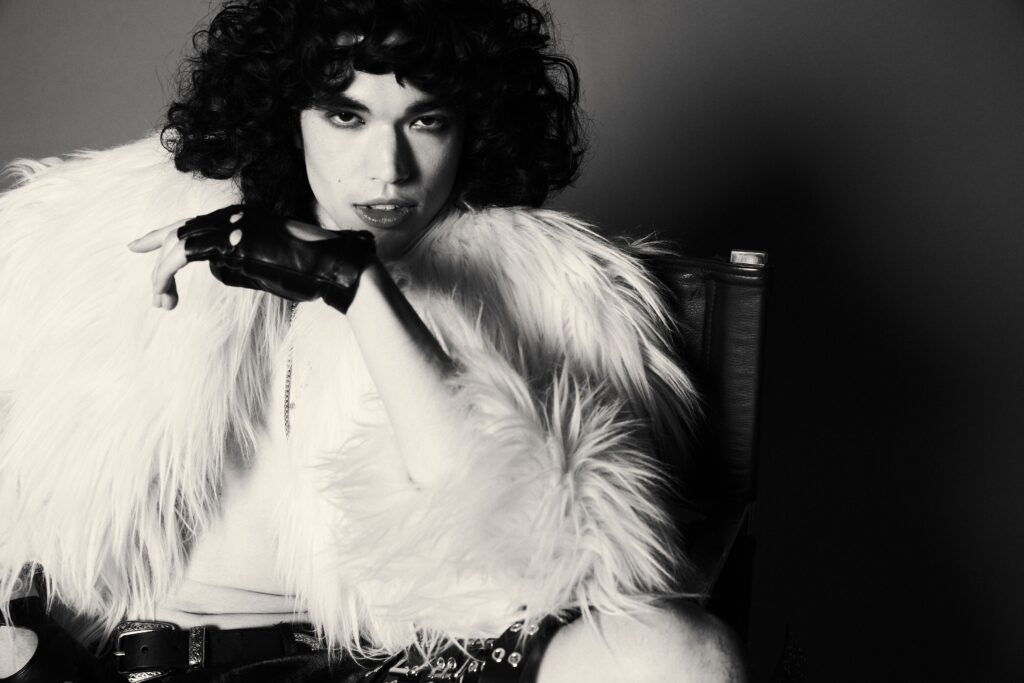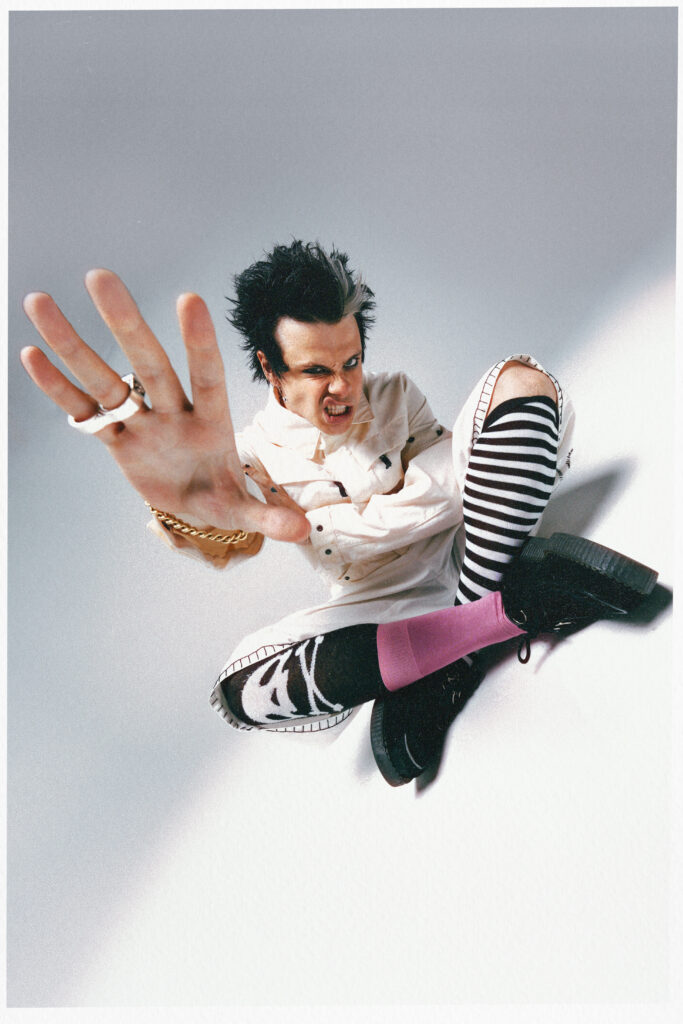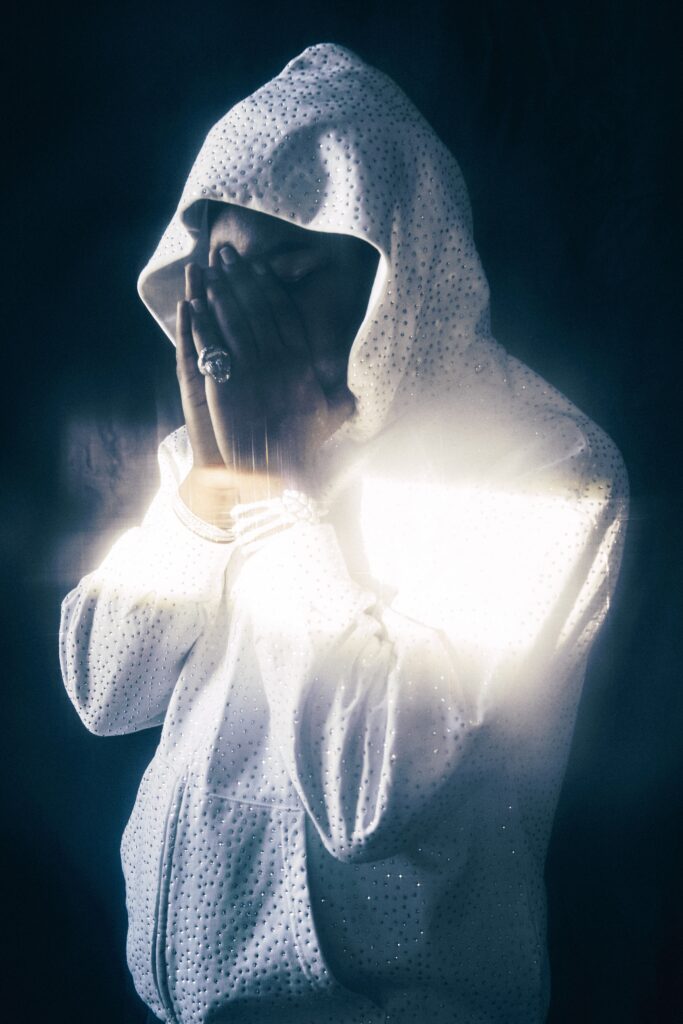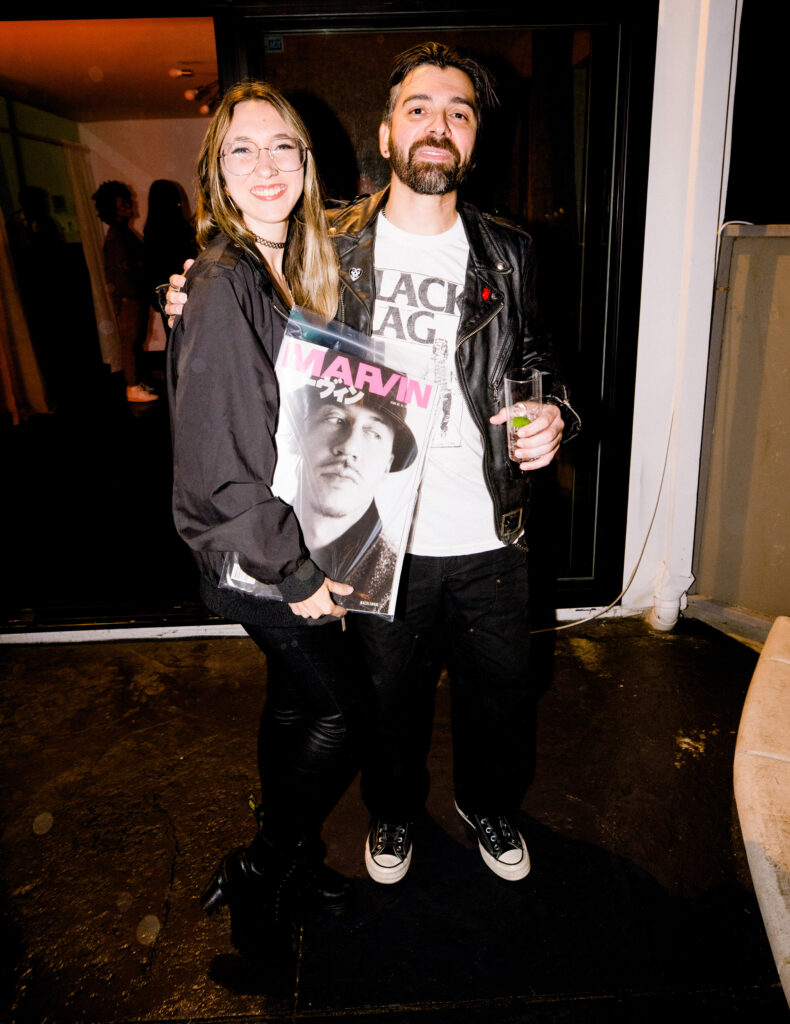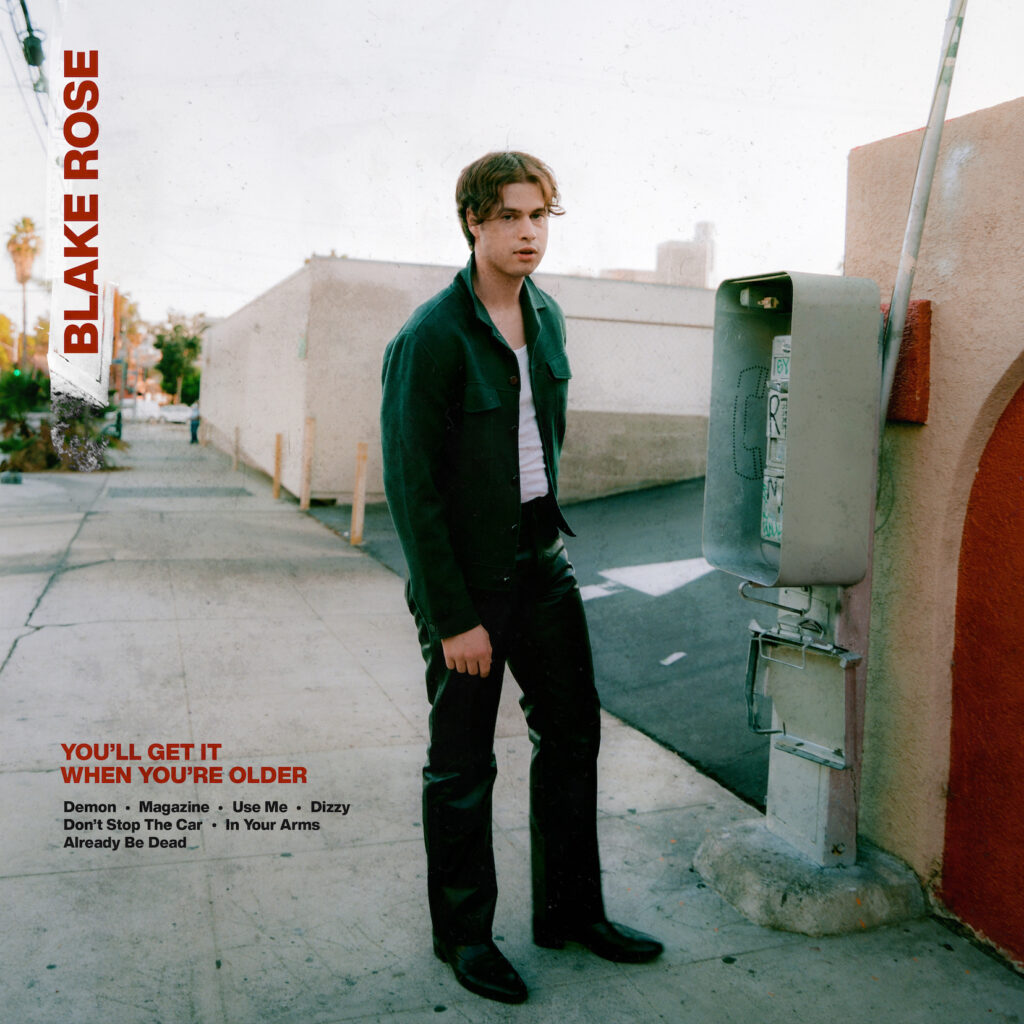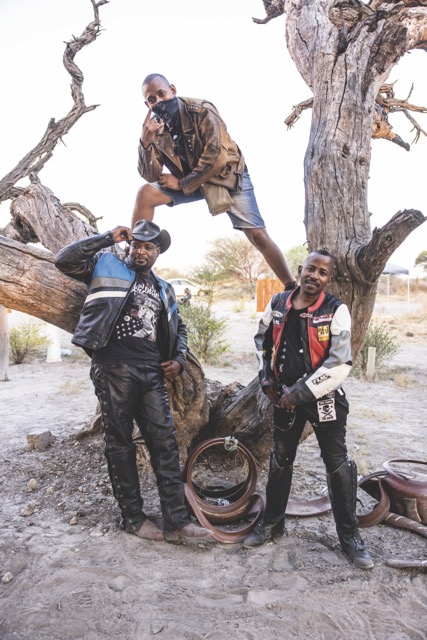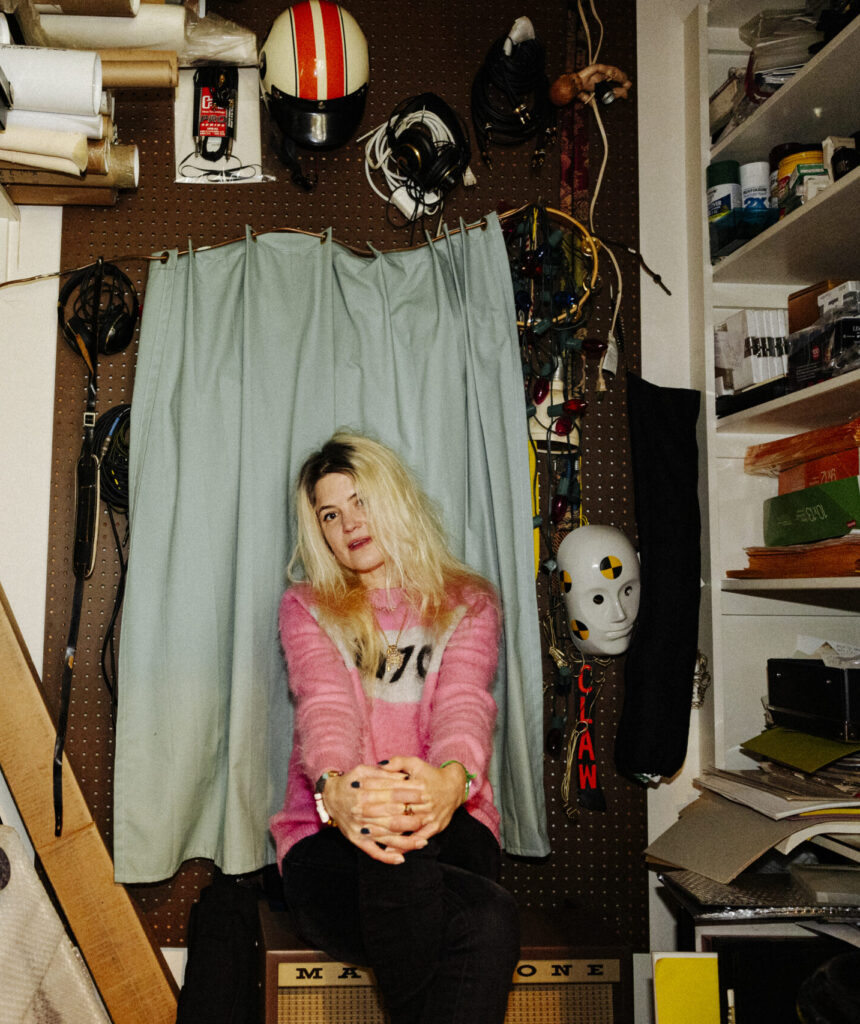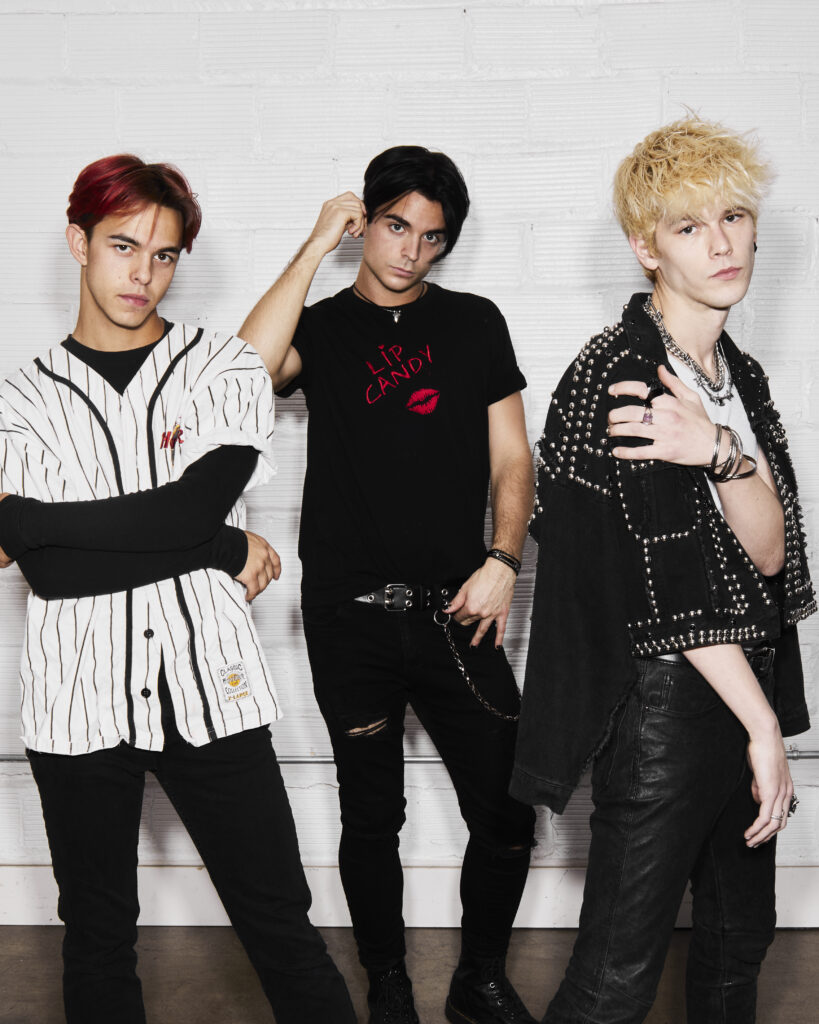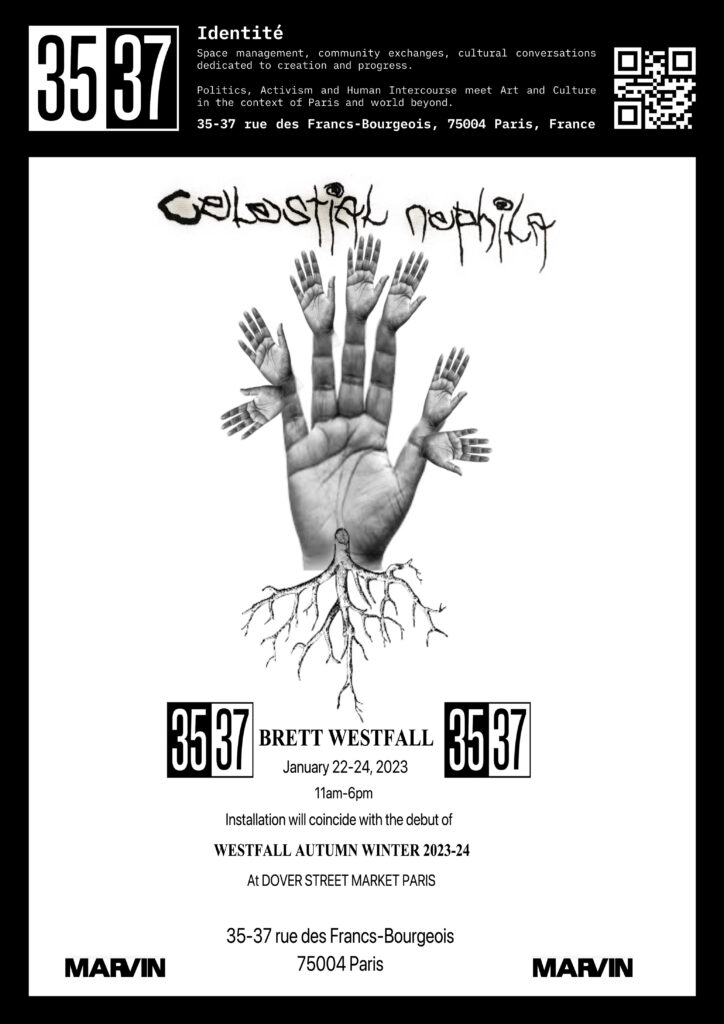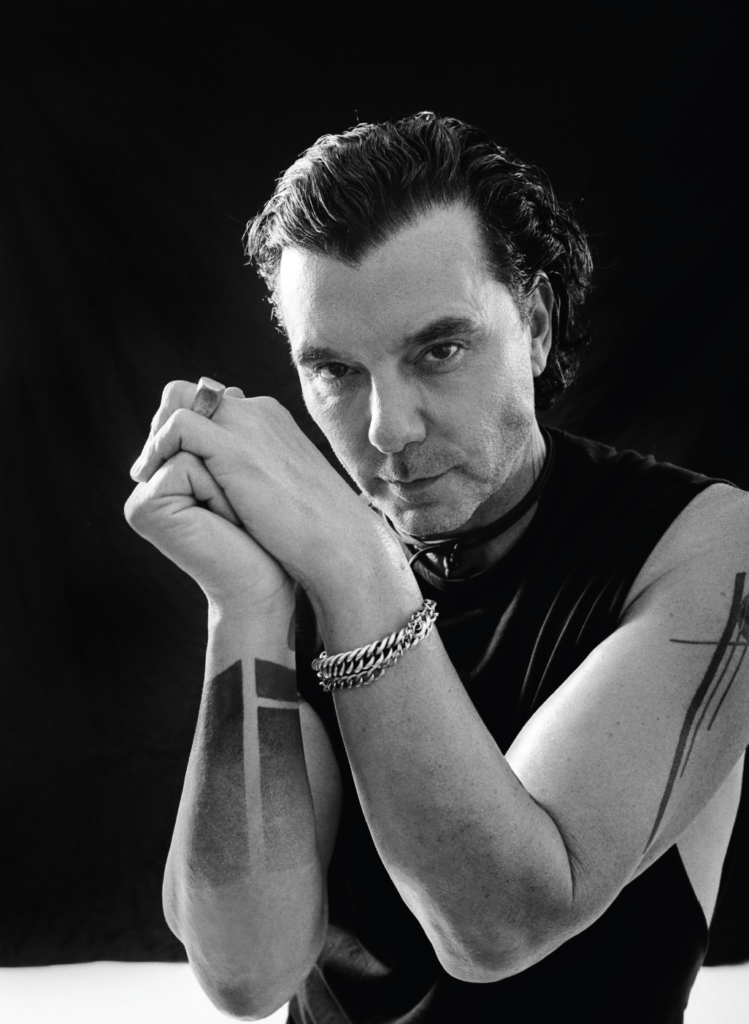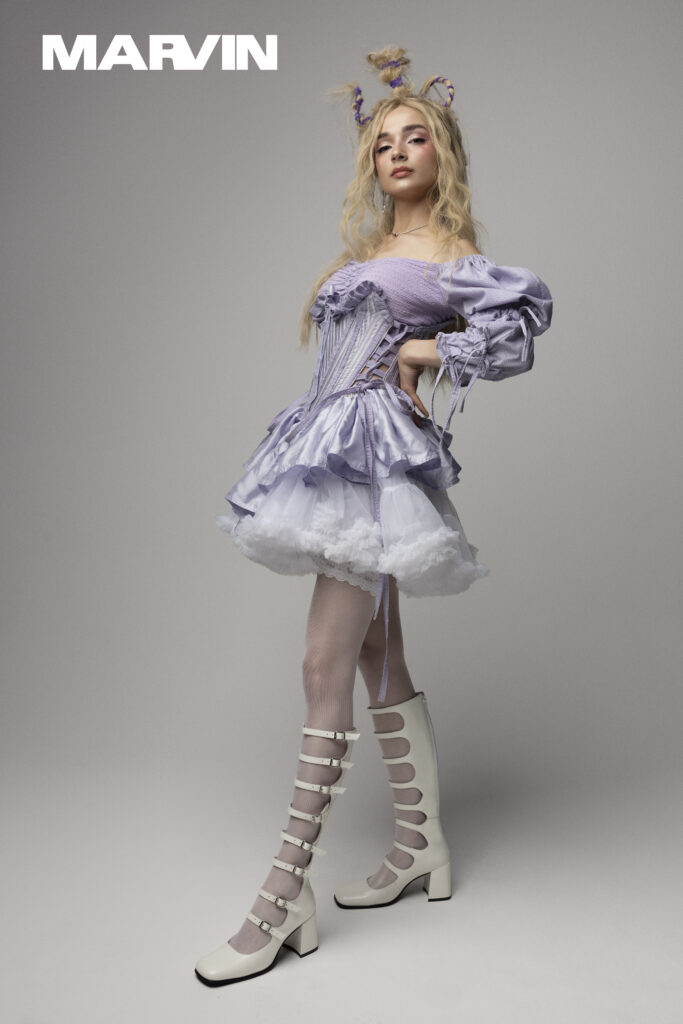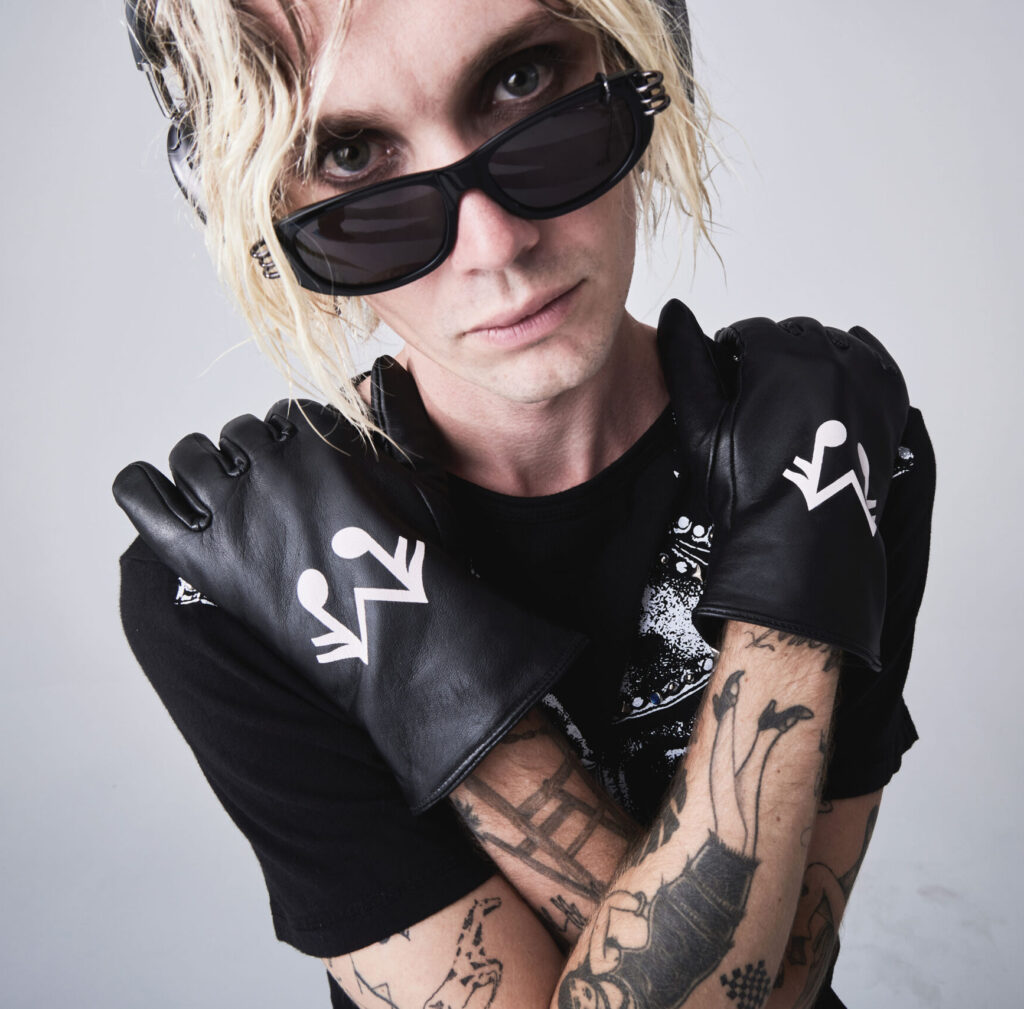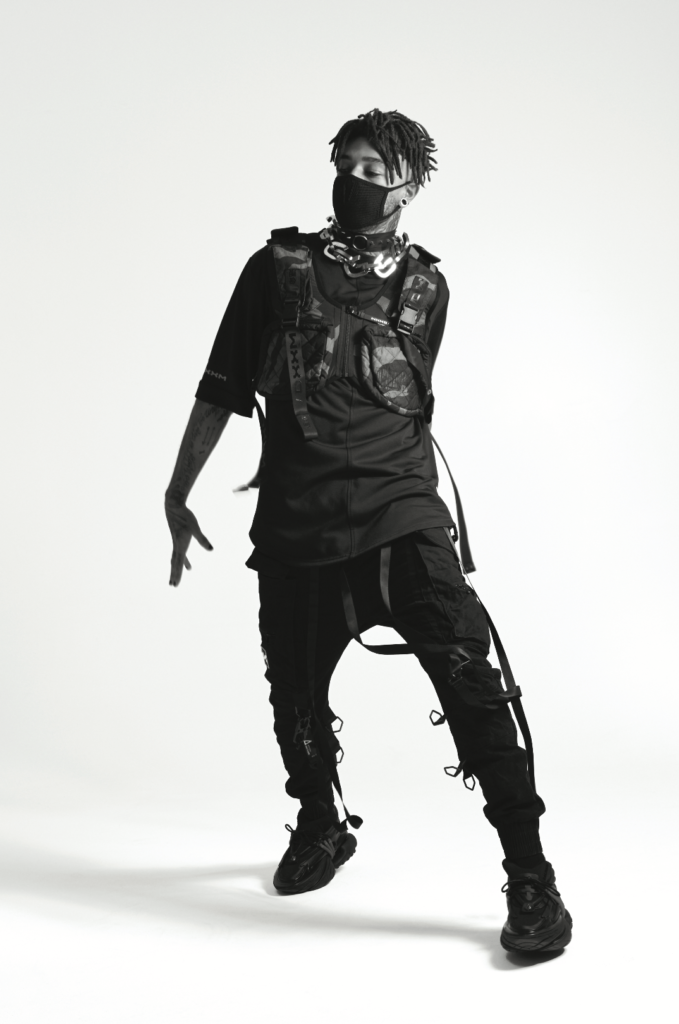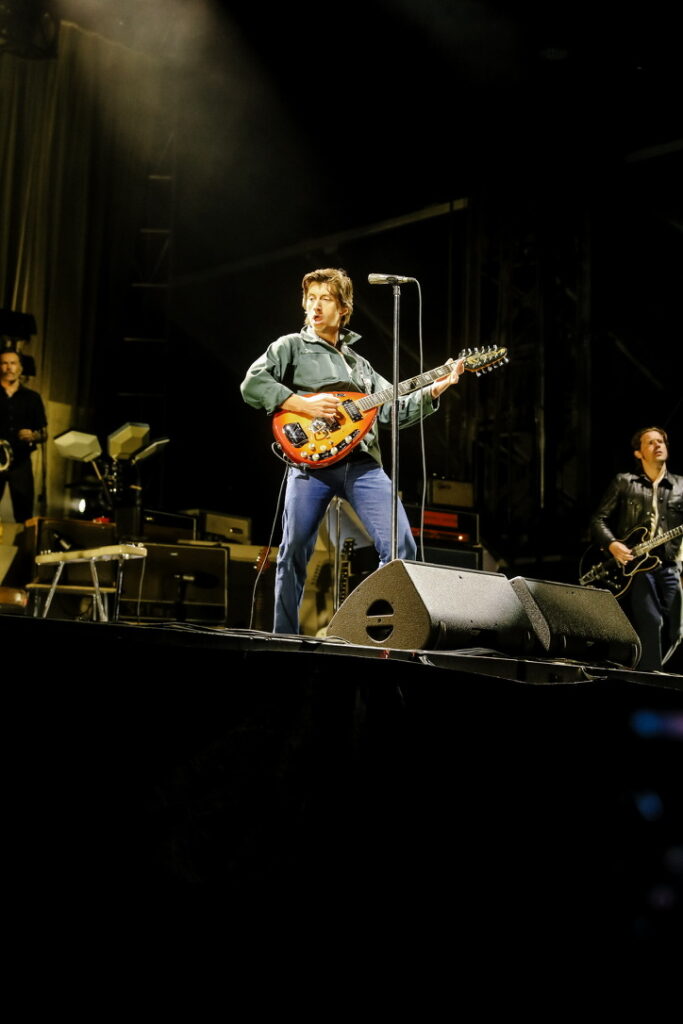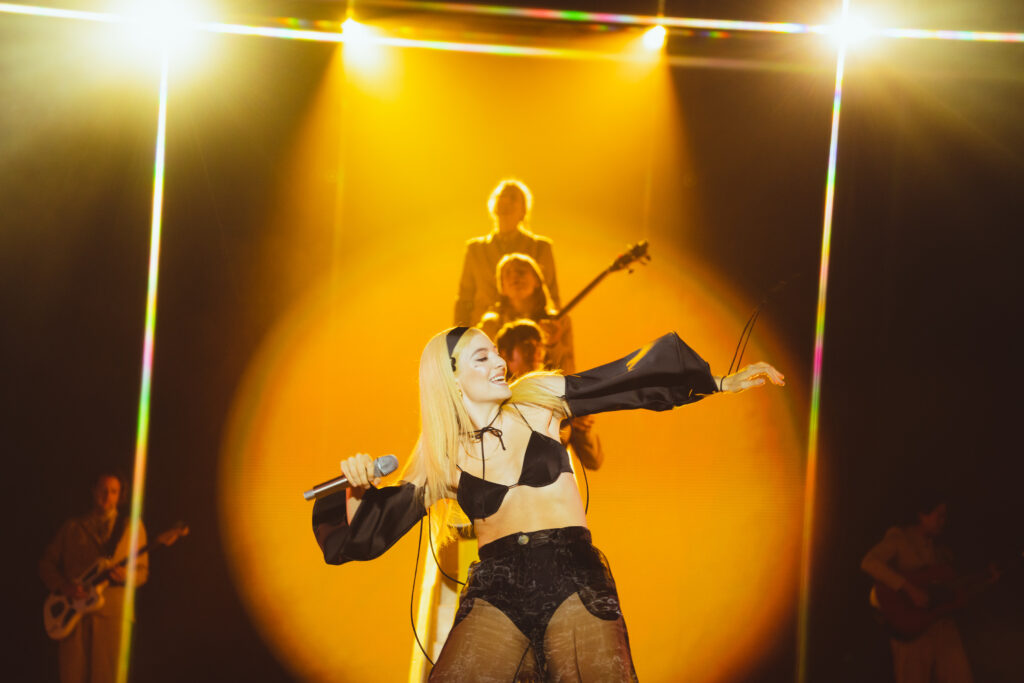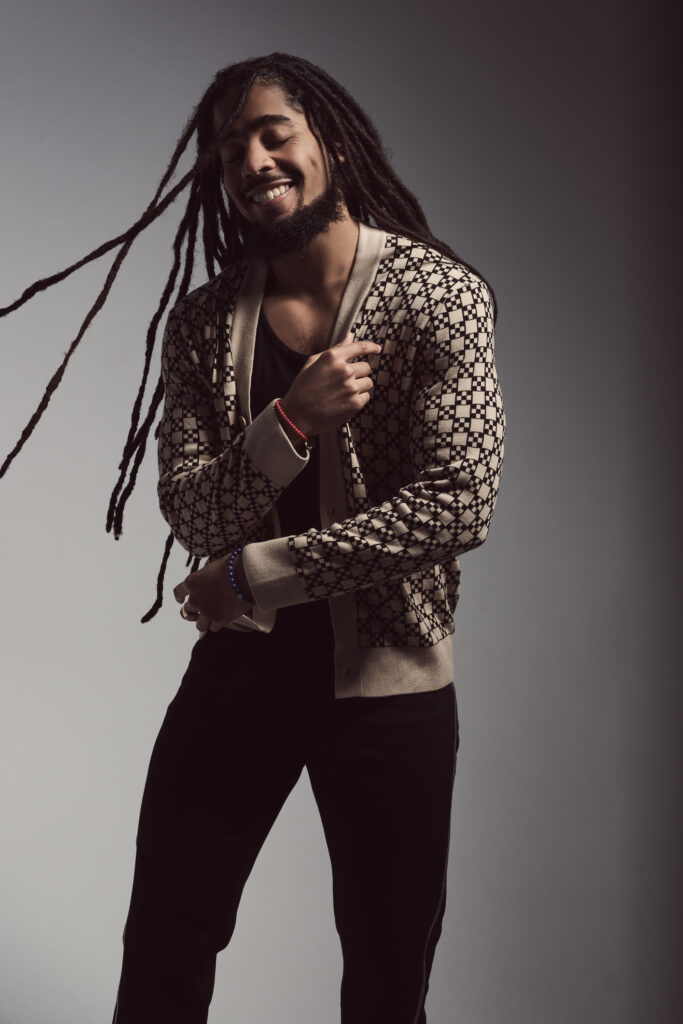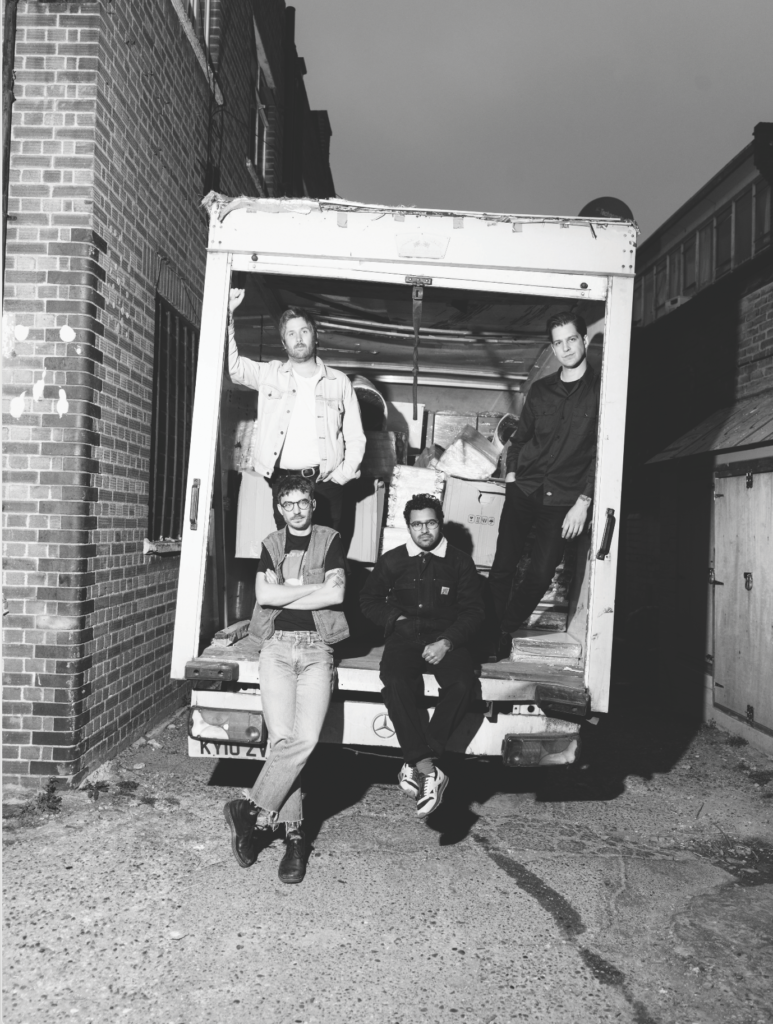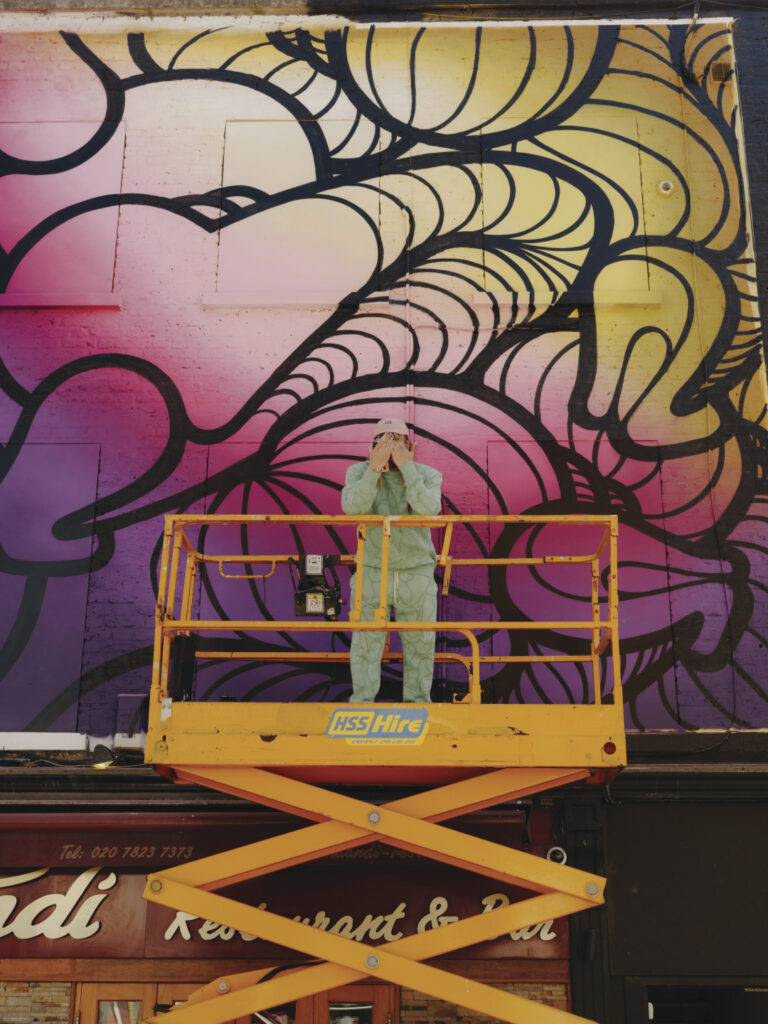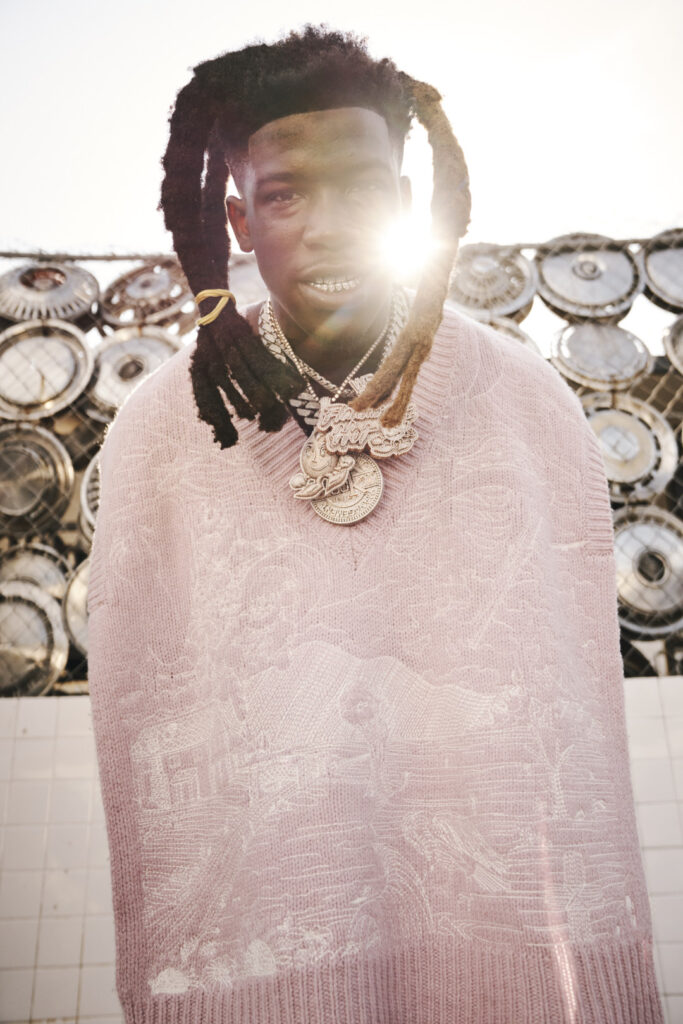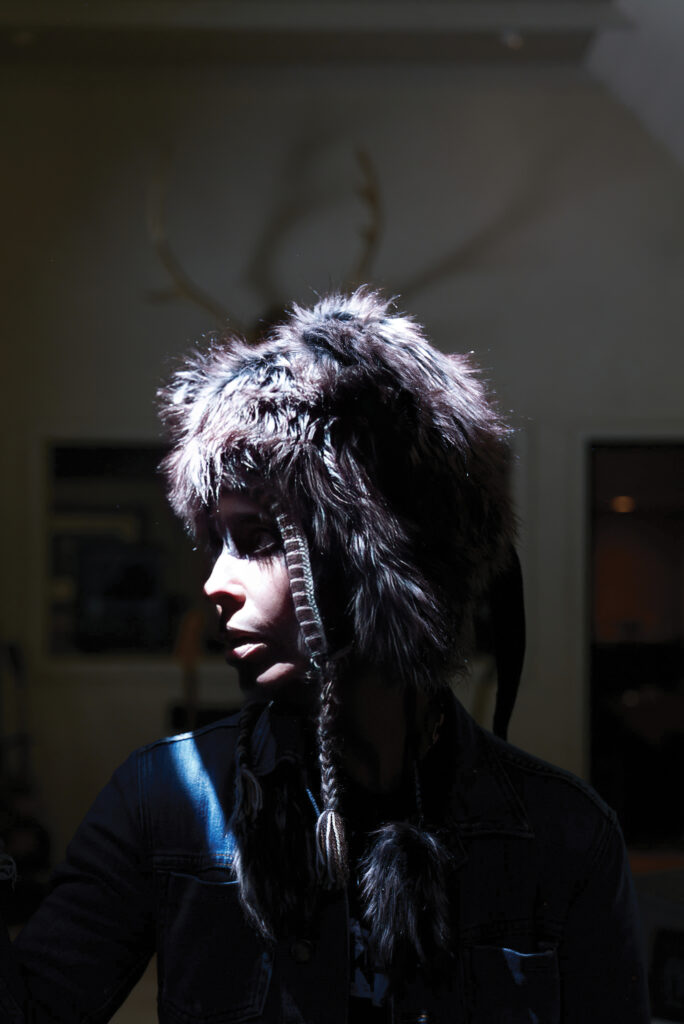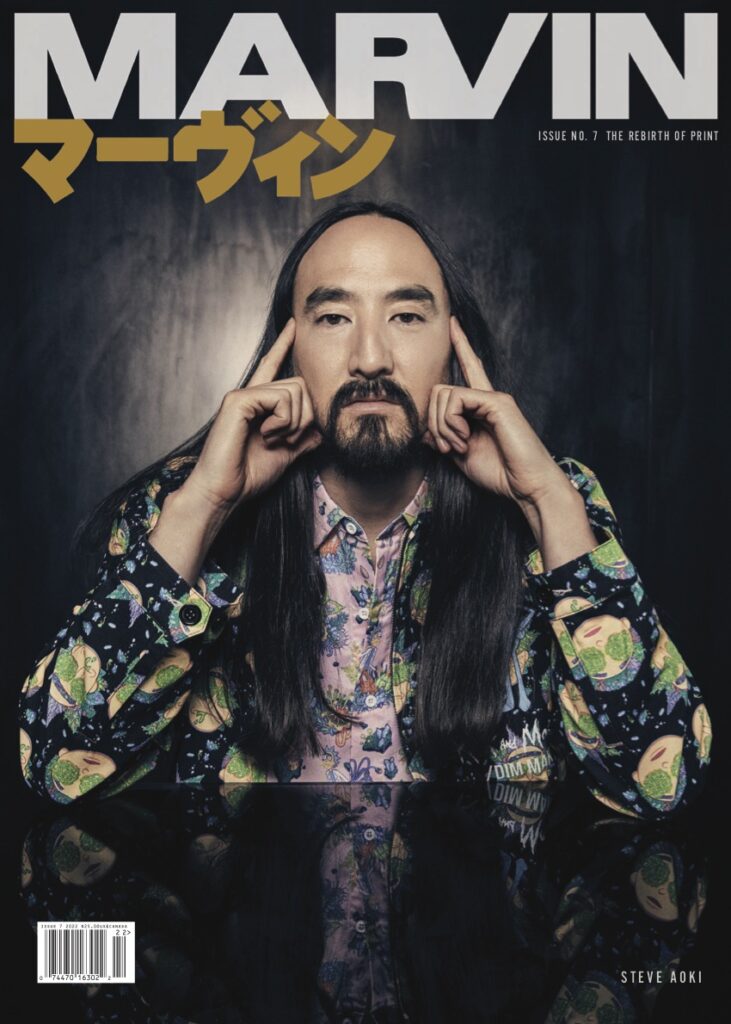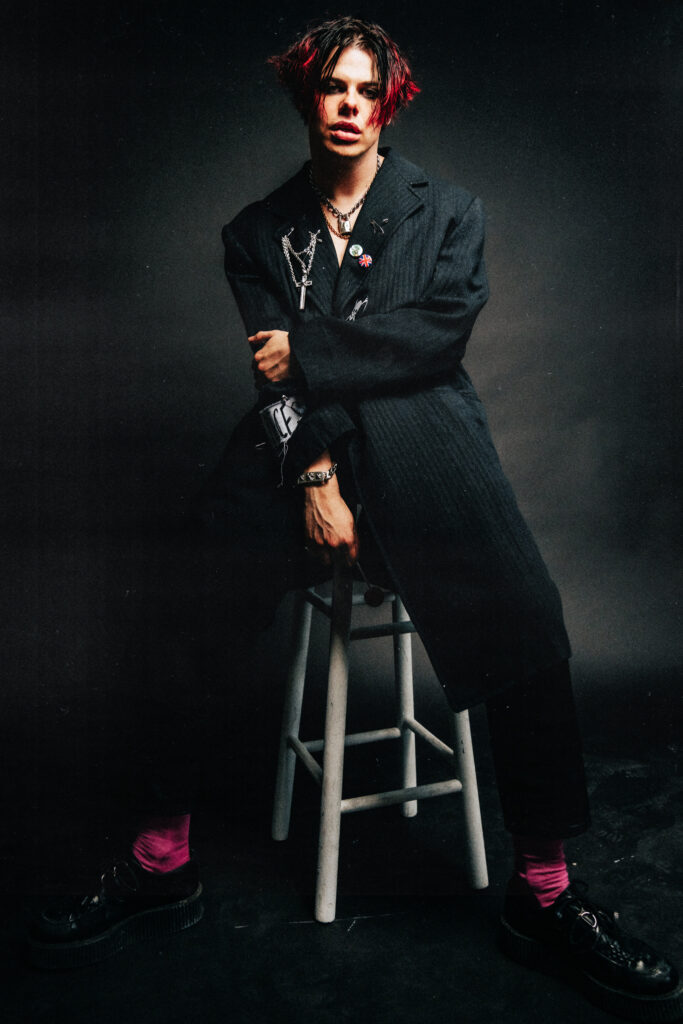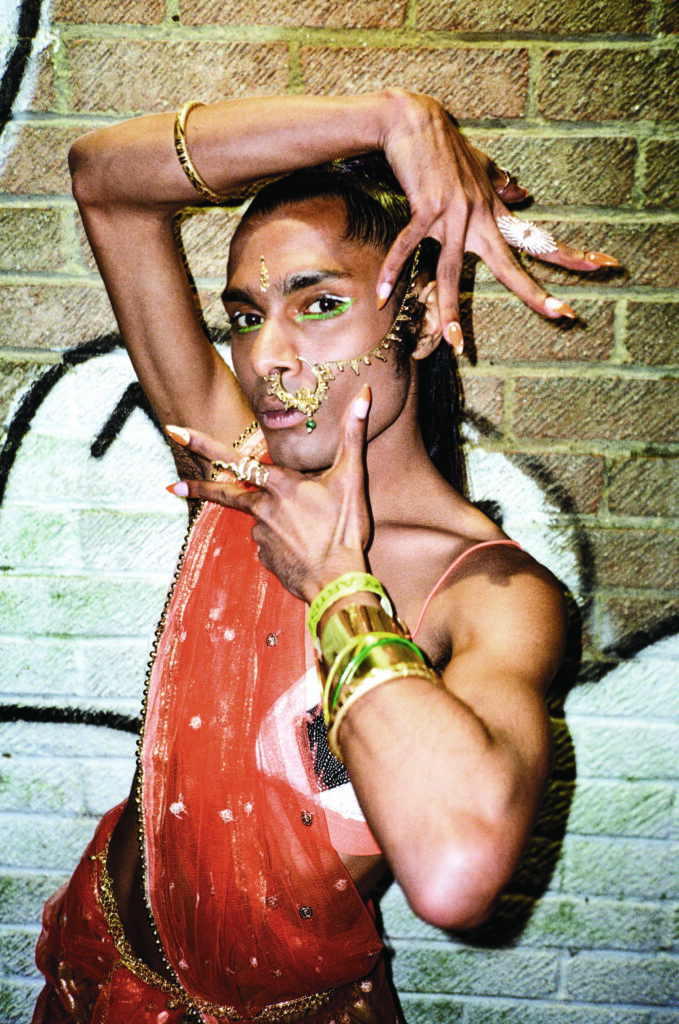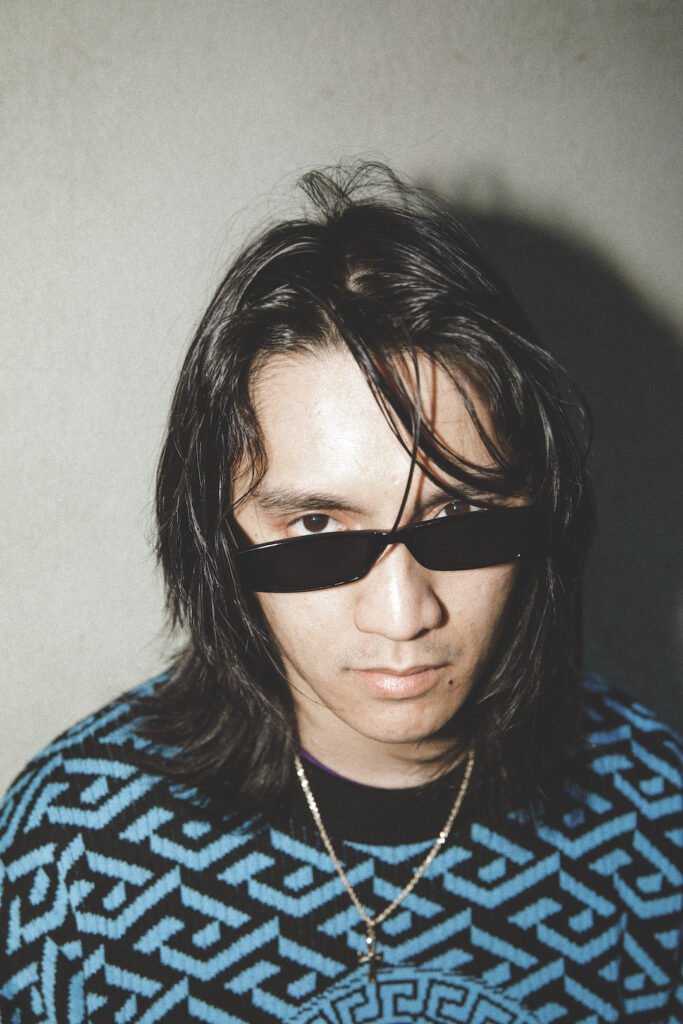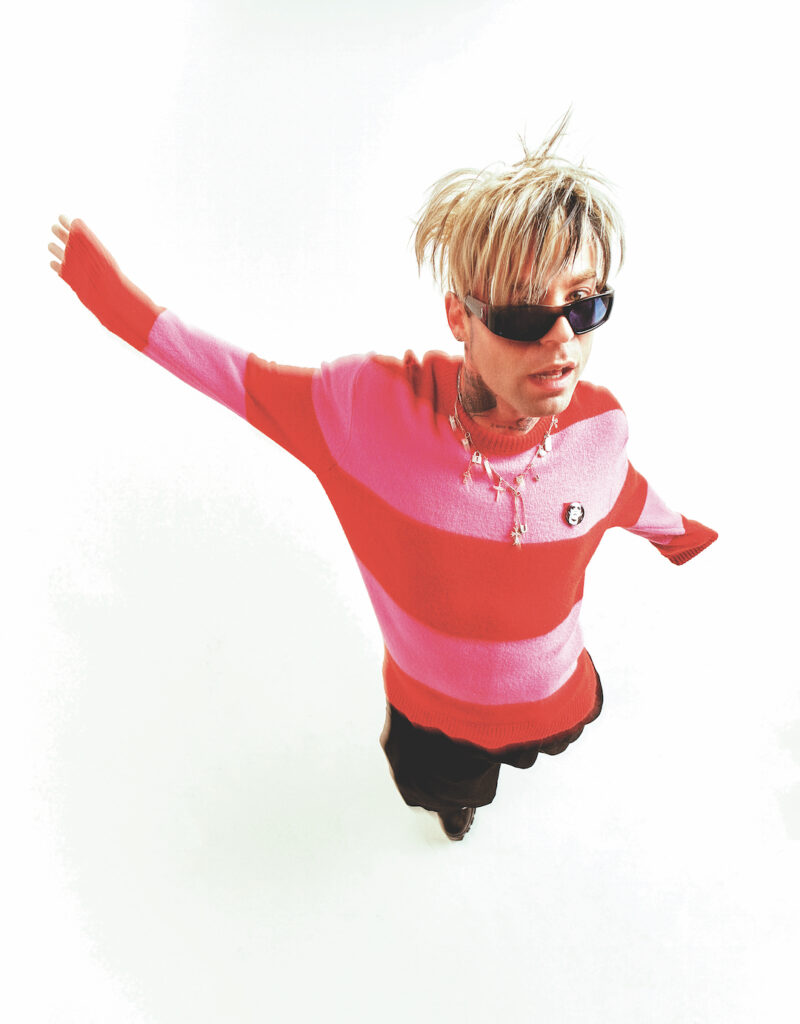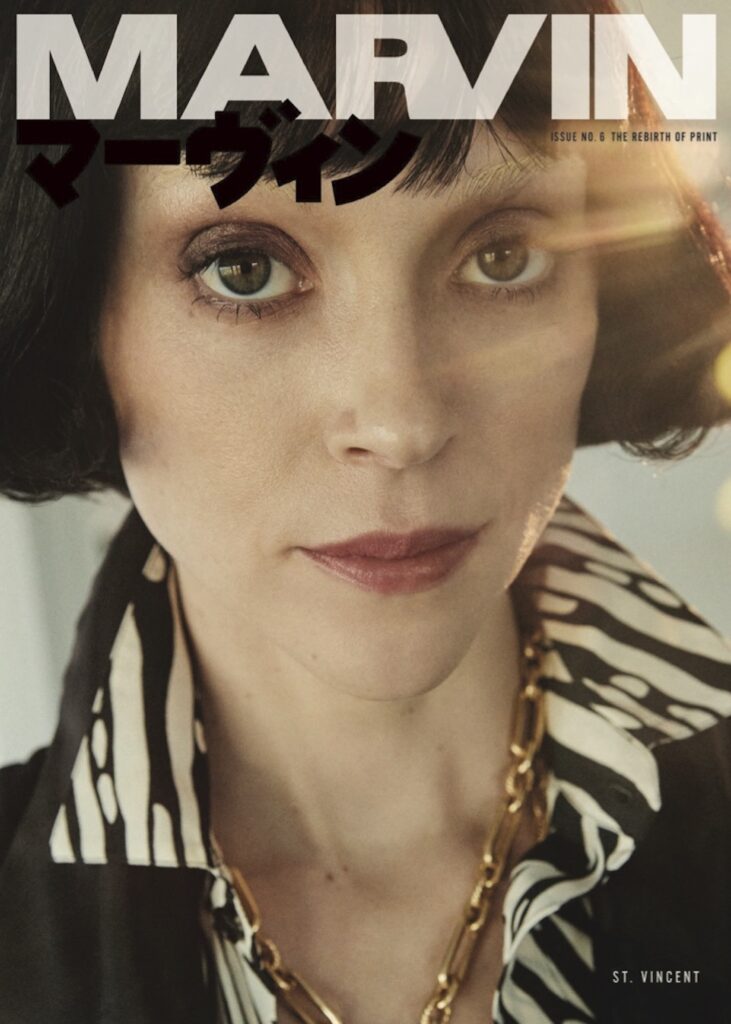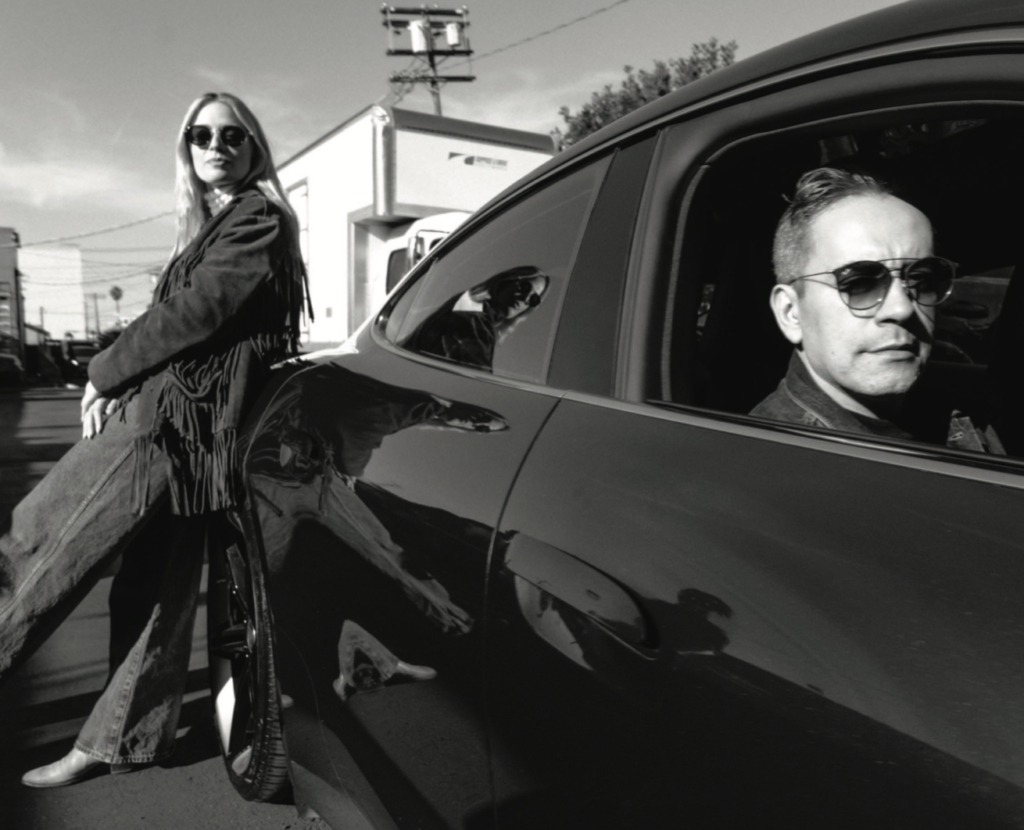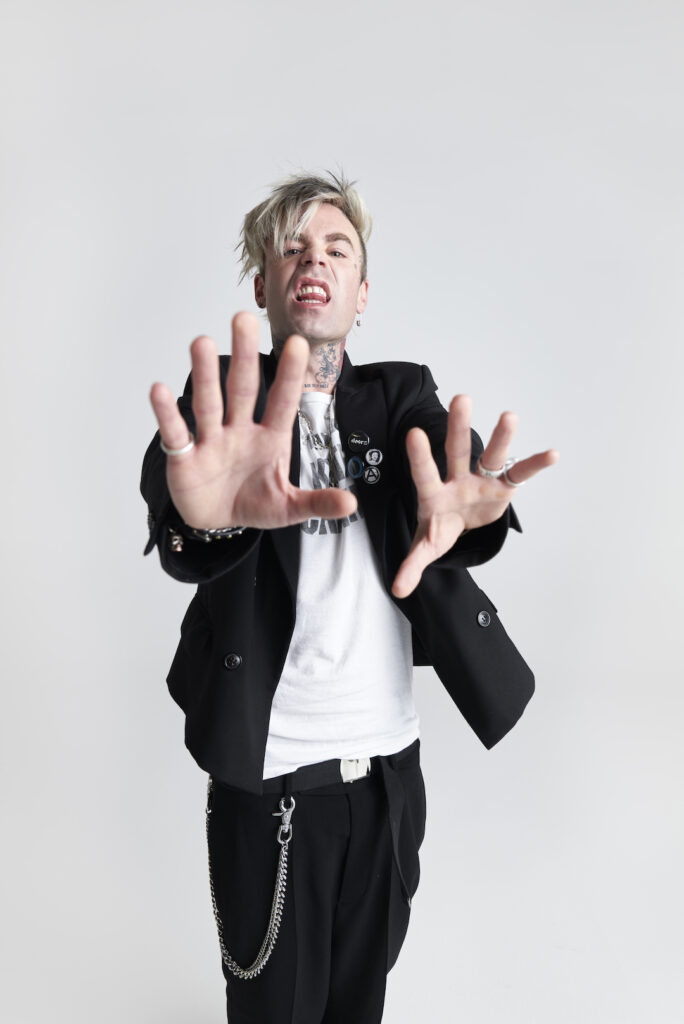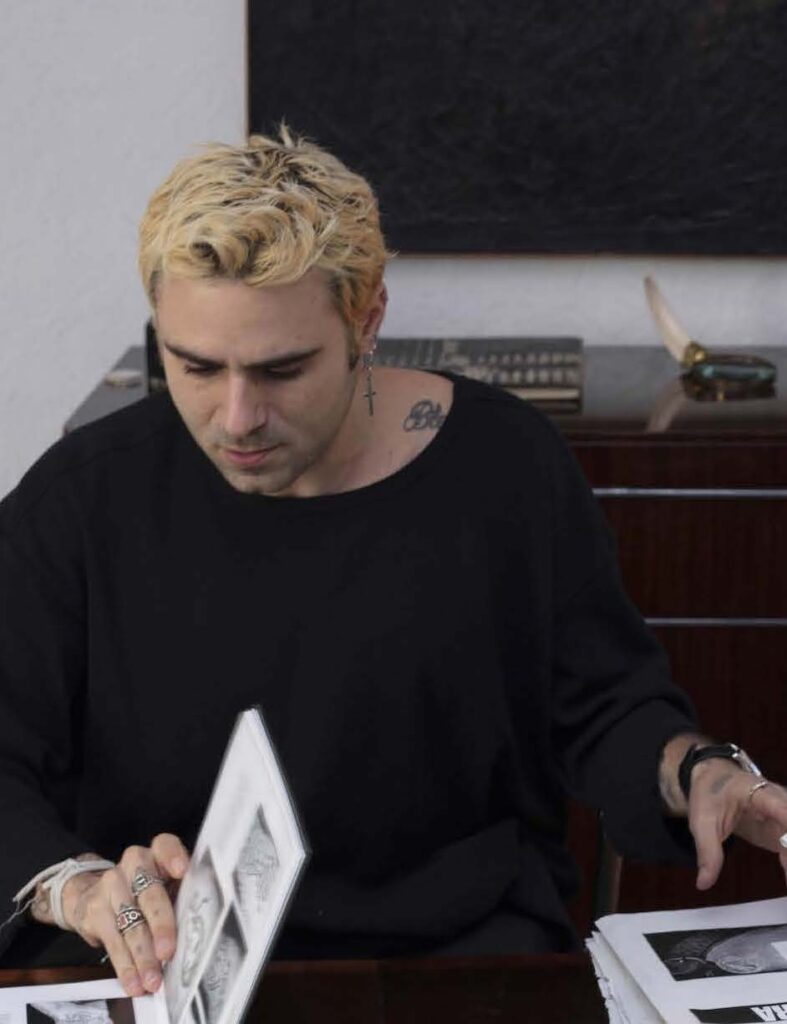Legendary Graffiti Artist Futura Takes Us Back to His Beginnings with Reflective Gratitude
Photography by 13THWITNESS
1996 was a definitive year in my life. In fact, the period between 1994 and 1997 was critical to my development as a young person. I was hopelessly infatuated with graffiti culture, a bug that I’d caught in 1992 and which remained strong for many years afterwards. Around 1996 a lot of the art and music that I was drawn to was “different”, “out there”, stuff that challenged standard formats. For instance, I loved drum’n’bass artist DJ Krust, who was putting out mind-bending, 12-minute-long tracks at the time. When I picked up Issue 8 of GRAPHOTISM: The International Graffiti Writers Publication, a legendary UK graffiti mag and discovered Futura 2000, I was spellbound. The New York writer’s abstract work and effortlessly stylish handstyle caught me straight away and I read, and re-read, the interview avidly. His work demonstrated that it was possible to become a respected graffiti writer and not even paint letters, that there were other avenues that could be explored through this art form. Fifteen years after, I would appear on the witness stand at London’s Blackfriars Crown Court in front of a 12-person jury. My crime? “Encouraging the commission of criminal damage” via my own graffiti magazine, Keep The Faith. I became the first publisher in British history to have been accused of such a crime. Thankfully, I was found “not guilty.” Six years later, and I’m sitting in front of my laptop chatting with Futura himself.
Futura is 65 now, but he exudes a youthful energy; relaxed, modest, sharp and disarming. In the days when he was called Futura 2000 (more on that later) the New Yorker, born Leonard Hilton McGurr, pioneered abstract graffiti. His iconic Break wholecar not only inspired me but many others all over the world thanks to its literal break from tradition. Graffiti is an art form centered on letters, but Futura chose to focus on the colors, fades, shapes and details that are usually the fill in of an artist’s letters. He also used masking tape to cover NYCs Metropolitan Transportation Authority logo and the serial number of the train. When that tape was removed, those same elements became part of this legendary piece. Painted in 1980, it stands among the great wholecars of that era for its originality. Now, 40 years since it was painted, Futura is a globally recognized artist and designer whose distinct style and approach has led to gallery shows all over the planet. His infamous Pointman work, started for record labels, has garnered widespread respect from both the art world, and the graffiti underground.
We begin by discussing the way in which graffiti has permeated into mainstream culture. Once disregarded as mindless scribble and demonized by the majority of media outlets, it has slowly become more accepted and younger generations, generally speaking, have a much softer view on it nowadays. It’s not just Banksy worshippers, but everyday people hiring graffiti artists to decorate their bedrooms, or businesses commissioning bespoke pieces and even it goes as far as what’s been termed “artwashing” where building contractors and local authorities allow street artists and graffiti writers to embellish buildings with their work in order to raise the profile of the area. A modern-day weapon used in the gentrification wars being fought all over the world.
Not all of this is necessarily positive, and it’s indicative of how graffiti is often viewed and, sadly, commodified. “The answer to that is the amount of time that’s passed. I mean, even if you talk about your origins or what you saw in GRAPHOTISM back in 95/96, that’s a quarter century,” he points out. “In that time someone who was 25 then, they’re 50 now and they’re a product of their upbringing, knowledge and what influenced them on the way up to doing whatever profession they wound up in. Maybe, if they were feeling what we were doing in this culture we’re all part of, then those individuals would now be in a position to make things happen and to enable other individuals to do stuff.”
He cites Virgil Abloh as a prime example of this process. Abloh was born a year before me, in 1980, the same year Futura painted his Break piece. He was also a graffiti writer for a period in his youth, now he channels some of that spirit into his fashion design.
This process of permeation occurs on many different levels from the subconscious to the direct influence of graffiti artists who’ve infiltrated mainstream culture; Goldie, 3D, Vic Mensa, Action Bronson, Fat Joe, and many more who came from an outlaw background to achieve fame and notoriety in a more mainstream domain. Futura lauds the worldwide spread of the culture and the way in which artists can now connect with one another, almost instantly, through online platforms. “Myself and my contemporaries, all the New York school, we’re all very grateful that the world embraced us back in the day and made such a fuss, and everybody got up. You got up,” he tells me. “The French kids, the Dutch kids, the Germans, the Italians, the Spaniards, everyone, then the Africans, everybody, South America…who didn’t get involved in it at this point? No one on Earth didn’t get involved.”
His excitement is palpable. For someone who’s been around for as long as he has, it’s inspiring to witness that original energy, the buzz still there. Far from jaded, in fact, quite the opposite, still finding pleasure in the global embrace of a culture that made him the person he is today. “Forty years ago, it took a year to see a photograph of the Break train,” he says, enthusing about the instant nature of photographic technology. “I saw a negative, I looked up at the light and saw it in a negative. I didn’t see a print. So, times have changed for the better big time.”
In the graffiti world, one of Futura’s other main accolades, which may be disputed, is the suggestion that he’s responsible for the first ever contemporary graffiti piece to have been painted in London. Of course, there was all kinds of graffiti already present on the walls of London town; political refrains, skinhead messages, hooligan slogans, racist slander, even some primitive names and tags, but it’s asserted by many observers that Futura did the first New York-style piece. “That was something I did when I was with The Clash on tour. We were in London at their recording studio; they had a studio right near the Westway. It was a wall where you could see the tube roll by,” he says, before pausing for a split second and continuing, “Hey, I don’t want that. I don’t need that on my shoulders!”
“You started it!” I joke.
“You’re right. Naughty boy, naughty boy,” he replies. “I just thought, ‘Well, hey, I gotta put up a piece here’. It was just a simple little piece,” Futura continues. “I guess for the era, introducing an outline and bigger letters with fills and design elements, as crude as it was (and it was crude), it was certainly by definition, more advanced than what was adjacent. That’s almost like shooting fish in a barrel. Easy, right?”
Futura had a strong connection to Britain through his father, who spent time in the UK as a soldier during World War II. He loved British culture, so it was a dream to be able to tour with The Clash. He “performed” on stage with them, painting live graffiti, and ended up recording a rap song “The Escapades of Futura 2000”, produced by the band, with friends DONDI (R.I.P.) and Fab 5 Freddy on backing vocals.
Futura’s modesty comes through in everything he speaks about. While I’m struggling not to be a fanboy and lavish him with compliment upon compliment, he’s coolly playing down historic feats like painting the first piece in London. We move on to the topic of legacy, which has particular significance to me, given that he inspired me so much in my youth. Over four decades Futura’s work has graced the covers of music on James Lavelle’s Mo’ Wax, defining the visual identity of his group U.N.K.L.E., appearing at gallery shows, and collaborating with brands such as Nike, A Bathing Ape and many more. In terms of visibility and connection with art lovers, he’s transcended generations.
His most recent work includes two shows in his hometown of New York. One at the Eric Firestone Gallery in NoHo, featuring a collection of new paintings, most of which were some of his biggest paintings to date. Plus a showcase of beautifully decorated Akari light sculptures at the Noguchi Museum, also in NYC. Both shows ran parallel in November last year and displayed Futura’s versatility and artistic agility. All the common themes were there; fades, interstellar atmospheres, crisp pencil-thin lines, expressionism and his trademark atoms (which he says he paints almost perfectly every time).
The energy of his work, and the way in which it communicates with the viewer through movement and impact, is electrifying, while the use of color is always harmonious and satisfying. In the Firestone Gallery show, he made a series of paintings that utilized earthy colors for the first time. He has collaborated with BMW to decorate the first of three ultra-limited M2 Editions, with a limited edition series version also carrying his work. And last year, a pair of special editions Futura “FLOM” x Nike Dunk High Pro SB were auctioned off by Sotheby’s for $63,000. His work ethic remains high, even after so many years in the game, he remains driven by the desire to continue exploring, discovering and inventing.
A childlike wonder and zest for creativity still present in his work. He’s even invented an “aerosol can shaker” by modifying an electric tool so that he can attach old spray cans, which are notoriously difficult to shake up. “I made a really cool, do it yourself, aerosol can shaker,” he says excitedly. “That’s always a problem; if you’re sitting around with boxes of old paint. Who wants to shake those shits up? I adapted a skill saw, it’s got to be operating at 600rpm, it’s pretty damn fast. Totally shaken up and my arm is still intact.”
But it hasn’t all been one roaring success after another, in the mid to late 80s, there was a quiet period. Back then graffiti didn’t have the same cache it has today. Being touted as a graffiti artist 25 years ago didn’t resonate with many people outside of underground culture. Hooking up with Mo’ Wax was a key moment and, today, there are so many people out there who are familiar with the striking imagery he created for the label’s record sleeves. “Around 92-ish I met James Lavelle and that was helpful for me in establishing a few things. One: the vision of my work onto this label with this new sound, and that was a wonderful vehicle for me to get my artwork seen by thousands. Then the creation of my figures, the Pointman and then the inevitable release of my book in the year 2000.”
Here’s where the name Futura 2000 gets an upgrade. In the 1970s, when he first came up with the name, the year 2000 seemed to be so far into the future it was almost unimaginable that his name might become dated somehow. But he made it to the dawn of the millennium and ended up dropping the “2000”. “I was like, ‘Oh, damn, I did live to see the year 2000’. So, I was like, ‘Well, I can’t be Futura 2000 anymore. I’m just gonna drop back because that’s gonna sound corny in four or five years.’”
Interestingly, through most of the interview, Futura ended his responses leading into topics that I’d wanted to cover. There’s a sense of connection and flow to the conversation that feels natural, something, dare I say, a bit deeper than we may be aware of. I mention this to him. “We’re feeling each other,” he says. “Damn right we are!” I respond.
I love so many aspects of graffiti, and one particular part of it that induces a lot of pride is the way in which kids, and adults, have innovated. In the very early days, they took everyday products; spray cans, shoe polish applicators, oven spray nozzles and so on… and used them to create different methods for writing their names. Repurposing radiator spray or cans that were manufactured for the everyday person to touch up a paint job on their car and people were using them to paint their names in huge colorful letters on the sides of trains. Even today there are so many writers out there innovating, utilizing technological advances to invent new ways to “get up.”
“All in the name of getting up, exactly,” Futura agrees. “We all knew this was what we were trying to do but I never thought it would come to such a height where it’s like, “wow, you took it there, huh!”. One of the earliest innovations, he says, was a nozzle taken from a can of Jifoam oven cleaner, that produced much fatter lines, meaning kids could do big fat cap tags. Today, we have guys like KATSU employing programmed drones to write their name. And Futura’s aerosol can shaker.
He gets deep into the chemistry and physics of using a spray can, the amount of paint versus propellant and how the balance between the two can affect the weight of the can and the lines you make. Renowned for his ultra-thin lines that could’ve been created with an airbrush, Futura has cultivated a technique that involves turning the can upside down and using gravity to achieve precision lines. There’s something unique about the physical action of painting graffiti; firstly, it’s typically large-scale, so you’re using a lot more of your body, a lot more physical movement. You have the sounds; the rattle of the ball bearings inside the can, the hiss of the spray. The smell of solvent—different paint brands each have their own aroma.
Painting illegally involves infiltration, trespass, climbing, scouting, ducking, diving, high octane, adrenaline-fueled activity, and heightened senses. To this day there is nothing else I’ve ever experienced that can match a successful graffiti mission. It’s impossible to compare with anything else. Granted, I’ve had equally exhilarating, pleasurable experiences but nothing that has replicated the combination of physical, mental and emotional stress x alertness x satisfaction. Unparalleled.
Futura jokes that some of this success and continued resonance with upcoming generations is due to the fact that he’s merely “hung around” for long enough. “Hanging around has been helpful, because time is your ally. Unless you’re doing things improperly, time is always going to work to your advantage,” he says, before going on to explain that the happiness of his fans and customers is what drives him. This is represented by the price points of the products he creates, always with the intention of releasing some products that are economically accessible. I ask how it feels to have people like myself gushing over him, “In a word, uncomfortable,” he quips before explaining that he finds it difficult when people come up to him at shows purely to get a photograph, and nothing else. Whether that’s because they feel awkward or because they’re trying to ignorantly earn kudos points on social media, he tries to connect with them; sparking a conversation, or, before signing their black book, having a flick through to see who else has signed it and asking to see their own work. It’s a way of humanizing interactions that are often anything but human.”
We both agree that approaching someone just for a photo is an exercise of commodification. “Some of the kids of today, they don’t have all the skills and they should think about it more. Because, honestly, all I want to do is encourage [better connections] because I’m not the kind of guy like that’s going to walk around with my identity as if that’s going to be impressing you, because it doesn’t even really impress me,” he explains. “That’s just a construct. You know, society made me, ‘Oh, wait, oh, you’re Futura?!’. If I go somewhere where no one knows. It’s not like I arrive and be like, ‘Hey! [look at me]’. I don’t have to leverage that. That’s not something that gives me pleasure. What gives me pleasure is just being a real person and being with other real people.”
There’s a simplicity about going with the flow, surrendering to the passing of time, cultivating real human connection and living that humble, creative lifestyle that somehow, in my eyes at least, connects us back to something much deeper. The divine, the source, whatever you want to call it. It’s there in all of us, but some of us have forgotten. Life is a process of remembering, before we inevitably return to that source. Talking with Futura, looking at his work and hearing him speak so modestly, it’s clear he is a product of this lifelong process in action. A conduit for the essence of creation, staying as real as he can in a world where it’s so easy to lose one another.
We ended with being grateful for our respective paths. “I’m just very fortunate that I was able to find something that was different from what everyone else had been doing at the time,” he says. “It’s quite amazing how it’s all happened but it wasn’t like I could have imagined any of it.” @futuradosmil



